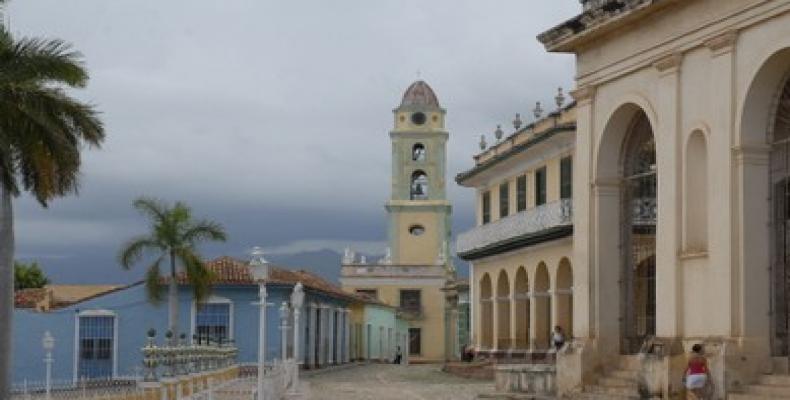Given the tenet that concealment or ignorance of major historical events constitutes an obstacle to mutual understanding, reconciliation and cooperation among peoples, in 1994 the United Nations Educational, Scientific and Cultural Organization, UNESCO, decided to break the silence surrounding the slave trade and slavery that have affected all continents and that have shaped our modern societies.
The International Scientific Committee of the Slave Route, is a consultative body whose task is to advise UNESCO on the production of pedagogical materials, to ensure a consensual approach to Slave Route issues, and to create and promote partnerships.
The Committee was initially composed of 40 members. Further to its restructuring it now counts 20 members appointed by the Director-General and representing various scientific fields (history, anthropology, archaeology, sociology, and law, in the different regions of the world.
The Slave Route Project, launched in Ouidah, Benin, has three objectives, namely to:
Contribute to a better understanding of the causes, forms of operation, issues and consequences of slavery in the world;
Highlight the global transformations and cultural interactions that have resulted from this history; and
Contribute to a culture of peace by promoting reflection on cultural pluralism, intercultural dialogue and the construction of new identities and citizenships.
The project played a significant role in securing recognition of the slave trade and slavery as crimes against humanity by the United Nations, at the World Conference Against Racism, Racial Discrimination, Xenophobia and Related Intolerance, held in Durban in 2001.
On February the 24th. of this year, The Director General of the (UNESCO), Irina Bokova, invited Cuban professor Jesus Guanche to join the International Scientific Committee of the Slave Route Project.
Guanche, who has a degree in Arts History and who is a Tenure Researcher at the Fernando Ortiz Foundation, has participated in more than 100 scientific events, in Cuba and abroad, on socio-cultural anthropology and history of culture.
According to sources from the Cuban Foreign Ministry, UNESCO’s decision not only recognizes Guanche’s work but also that of the Committee of the Slave Route Project in Cuba.
On April the 29th. Cuban ambassador to UNESCO, Dulce María Buergo, at the official presentation of the countrys candidacy to the World Heritage Committee 2015 confirmed that it is fundamental to preserve and protect the natural and cultural heritage, an essential premise for socio-economic development and reaffirmation of a people’s identity.
The Ambassador added that in the current situation worldwide, where wars and crisis are commonplace, the destruction and plundering of the heritage reaches unprecedented levels.
She stressed that the preservation and defense of our patrimonial values have always been essential premises of the Revolution’s cultural policy,
The diplomat recalled that Cuba has included nine sites to the World Heritage List, including historical centers, colonial forts, cultural landscapes and natural sites.
There is now confirmation that Cuba is a strong candidate to the World Heritage Committee of UNESCO. As one of the few nations that has signed all the treaties and conventions on patrimony, many UNESCO member nations consider Cuba as an example of countries that toil to preserve the values, traditions and heritage of the Cuban society.
The Government of Cuba has as the main tenets of its patrimonial policy to attend, preserve, study and analize the patrimonial values present in built structures, as well as the non-material, the natural
and the under water.
The Cuban position affirms that any site declared as Patrimony of Humankind should not be limited to an enclosed place but that the surrounding community should benefit from such condition, either because it becomes a tourist attraction or as the source of educational and artistic activities.
Such is the case of Havana’s historic center, whose restoration not only aims at the preservation of its architectonic beauties but also
to the improvement of the quality of life of its inhabitants.
Another example is the so-called Valley of the Sugar Mills, in Sancti Spiritus Province, in Central Cuba. Besides the restoration and/or preservation of historic buildings, the Valley has benefited from reforestation and the improvement of agricultural activities. and giving the final word to UNESCO’s Directo general Irina Bokova: “It depends on all of us to find the best way to ensure the protection of each patrimonial site and turn it into a source of solidarity, inclusion and progress”.


